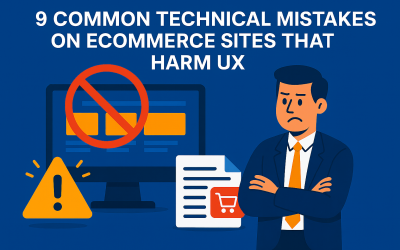Facebook Ads has become one of the most effective social media marketing tools for businesses today. It maximizes brand exposure, brings targeted leads, and generates revenues. But even it could fail.

How to become better at managing your money
You work hard all the time, and you make money, but somehow that money seems to be leaving much faster than it’s coming. If you found yourself in the sentence then you lack managing your finances and this article is for you.
When you face a spending decision to make, don’t just think you can afford something. But ensure that you can actually afford it and that you haven’t already committed the budget to another expense. Keep in mind that just because you have the money doesn’t mean you can buy what you want. The bills and expenses you have to pay before your next paycheck must also be taken into account.
Your life will be much easier if you know how to manage your finances. Here are some tips to help you improve your financial habits if you’re struggling with money management.
Tips to better manage your money
If you want to get better at managing your money, here are some tips that can help you take care of your finances like a pro.
Know when a loan can help
If the bills are overwhelming you or unexpected expenses have come up, you may want to consider a loan. In such scenarios, exploring personal loan services for quick financing can be a prudent choice, especially when immediate financial relief is needed. These services often offer expedited processing, helping you navigate through tough times more swiftly, whether it’s an unexpected medical bill or a car breakdown.
As with any kind of financial situation, make sure to choose your loan carefully, so that you avoid getting into debt that is a bit too tough to pay off. Whether you’re trying to start a business or renovate your home, look into loan options suited to your needs. For example, in those two cases, you might research business loans and home equity loans that can provide you with adequate financing.
Cut back on what you spend
When it comes to moving forward financially, you may need to use an expense tracker app that helps you see where you spend your money. This can allow you to identify areas where you could be overspending or even paying for things that you don’t use. Think about everything from your streaming subscriptions to your grocery shopping—you could be throwing away money that you could be saving.
Learn how to shop frugally
If you want to spend less and save more, learn how to shop frugally. From using coupon apps that help you to find the best savings in your area to look for more affordable alternatives when at the store, there are a variety of ways to shop for less. While learning how to find discounts and deals may seem time-consuming, when you’re saving more money and making moves toward a better financial future, you’ll find that it’s worth it.
Set aside savings
To truly move forward financially, savings are a big way to reach your goals. From saving for a down payment for a home to using some savings to invest for your future and to grow your money, savings are important and you should prioritize building up a savings account.
Even if you start small, you’ll find that saving money can be hugely useful for your future. Open a dedicated savings account and do your best to never touch your money in that account. Before you know it, you’ll be able to save more than you thought possible.
Ask for help
Sometimes, due to past experiences with money or how you were raised, overspending can be an ingrained habit that is very hard to break. This kind of “addiction” can have you in a vicious cycle that makes it very hard to move forward when you’re striving to make gains with how you manage your finances.
If you have a family member, business mentor, or friend who has done well for themselves, ask for tips and suggestions on how to best manage your spending habits. In doing so, you can change the way you perceive and use money.
Conclusion
If you have never learned how to properly manage your finances, it can be hard to know what the best options are for spending less and saving more. These tips can help give you an idea of where you can start managing your money better.
While good money habits may not be the easiest habits to build, it’s worth taking time to improve your finances. If you want to reach future financial goals, you can start with these simple tips to improve your money habits today!
More must-read stories from Enterprise League:
- Learn about all the tips and apps you need to successfully manage a remote team.
- Inspiring quotes about supporting small businesses.
- The importance of customer-focused strategy for your business.
Related Articles
8 reasons Facebook ads fail and how to avoid it (2024)
Worlds best business opportunity: What it is and how to use it
Finding a world’s best business opportunity is not a simple task, or else everyone would have been running successful companies. Moreover, there is no single best business opportunity that fits all businesses and situations.
Learn from GoBiz how to optimize the B2B and B2C experience
Whether B2B or B2C, you can become a member of GoBiz USA immediately and explore all the options available.
Pros and cons of being a sole trader
If you’re considering starting your own business, you’ll find out all the information you need to know about what are the pros and cons of being a sole trader.
5 benefits of spend controls for your business
One of the most effective ways to gain full control over your business comes down to one key feature of corporate spend – spend controls. With the right spend management software, you can gain access to a wide variety of advanced spend controls, to give you a firmer...




















